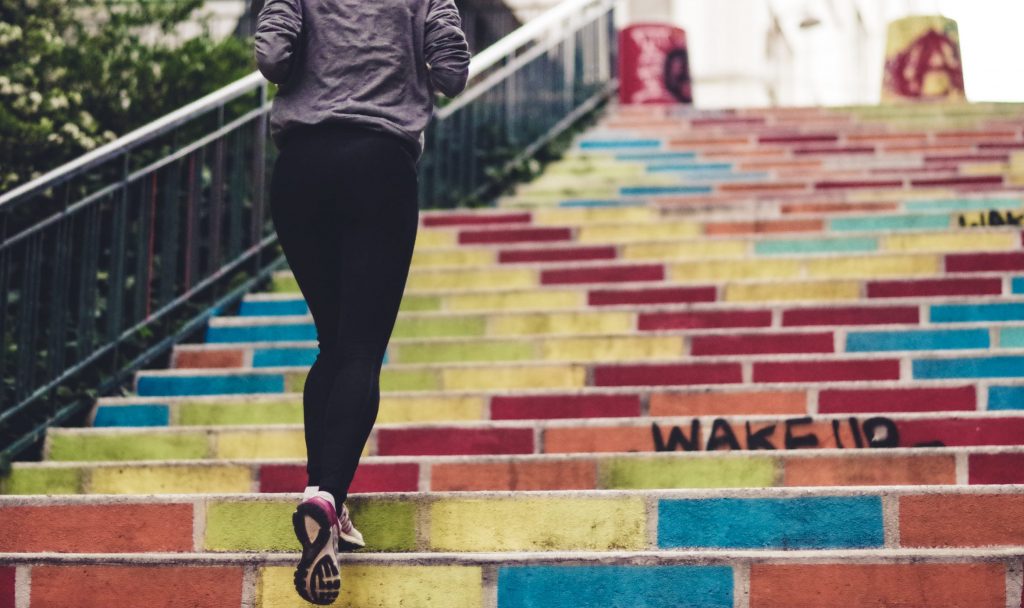In the reality that is the year 2020, it’s so vital to take care of your mental and physical health. We’re getting to the time of year that is notoriously a mental health landmine, thanks to the holiday season. Pairing that with the coronavirus pandemic will only make it more so, especially if you’re living in a country that doesn’t have the outbreak under control. Seasonal affective disorder can come creeping in and loosen the grip you’ve had on keeping it all together.
Seasonal affective disorder (SAD) is a type of depression that can develop during fall/winter and subsides in the springtime.
However, it is not strictly limited to winter, and can happen with the onset of any season change so if you’re living in the southern hemisphere this is for you too. SAD can go undiagnosed since symptoms are similar to other mental health issues; but it is unique in that it can uniquely resolve itself. People who have been diagnosed with endocrine disorders, such as hypothyroidism or bipolar disorder, may be more deeply affected by the season’s change. Tackling it is best approached holistically to fortify against the worst aspects of the disorder that can arise from various factors.

Talk to someone who can help
If you think you might have SAD, your first move should be to talk to health professionals that can serve your body and mind. Your primary care physician may have limited experience with SAD, specifically; and may recommend that you speak to a counselor or other mental health provider to confirm a diagnosis. It may be possible that you could be coping with more than one disorder; especially if you or your family have a history of certain physical and mental health issues.
We’ll talk about some of the most common factors and remedies, but keep in mind no article on the internet replaces the guidance and advice from a professional clinician who can evaluate you directly.
Vitamin D Deficiency
Globally, a significant number people are walking around deficient in this very necessary group of nutrients. Technically not an actual vitamin, Vitamin D function and usage means health science treats it as one. Lack of vitamin D can contribute to poor mood, lethargy, muscle weakness, and in some cases bone pain and loss of bone density. It regulates cell growth and it has shown promise in the prevention in certain cancers like prostate cancer. Specific forms of the vitamin have profound effects on certain body functions. For instance, Vitamin D3, also known as calciferol, is responsible for helping us absorb calcium so our bodies can use it to keep our bones strong; and a lack of Vitamin D2, ergocalciferol, can lead to thyroid disorders which comes with a whole host of other problems .
Your body makes its own Vitamin D, but it may not be enough if you don’t get enough of the right UV exposure. You can get some from your diet but it may be difficult since it’s not found in many foods and if you exclude meat and animal by products from your diet then you have a greater risk of being deficient.

The good thing is increasing your Vitamin D can be done relatively easy using over the counter supplements and increasing smart exposure to the sun.
When you speak to your health provider tell them you suspect you may be deficient. They can help guide you to the best steps to take for your needs; which may include a blood test to determine what your current levels are. They may recommend a higher dose of the vitamin if you are severely deficient or prone to deficiency. Women and those with melanin rich skin are more likely to have a deficiency. If you’ve been in coronavirus quarantine for months with little sun exposure, you could also be deficient.
Better levels of vitamin D may not chase all SAD symptoms away, but it is likely it helps improve crucial factors that cause the disorder to be difficult to manage.
Bright Light Therapy
Our natural body rhythms may get out of alignment when the seasons change and light cycles of the earth change. Light exposure, both the quality and amount, affects neural function that can affect mood; sleep and sleepy quality; and our overall energy level. Studies show that bright light therapy, especially soon after waking, can help regulate these cycles; which helps the transition from long days to shorter ones a bit easier. It is a first line of defense in the treatment of seasonal affective disorder, and one used in treatment programs for a variety of mental health therapies.
Light boxes are not regulated by FDA and can’t be said to be a cure, but they may help. Check with your clinician to see if this is a therapy that you may benefit from. Ask if they can recommend a device (there are so many different kinds) that can address your specific needs.

Staying Active
A body in motion is well known to contribute to optimal physical and mental health. However you like to move, do it as often as you can. Exercise helps boost mood. It may be hard as hell to get started when you’re already feeling defeated and low on energy; but the rush of feel-good endorphins from even a short bout of physical activity can help you get on game. We like these workouts you can do at home, and there are some great free apps you can use to plan your strategy.
Managing the big factors that can contribute to seasonal affective disorder can help make a hard time a little bit easier. Knowing that there are solutions and that you don’t have to suffer may just be half the battle. You don’t have to go it alone. Checkpoint.org has a resource list that can help you no matter where you live in the world. We want to see you fly and finish this year off strong.
Tell us how you’re doing, and if you have some tips that can help someone out, we’d love for you to share them with us in the comments here or on Twitter or Instagram.
Header: Anthony Tran

